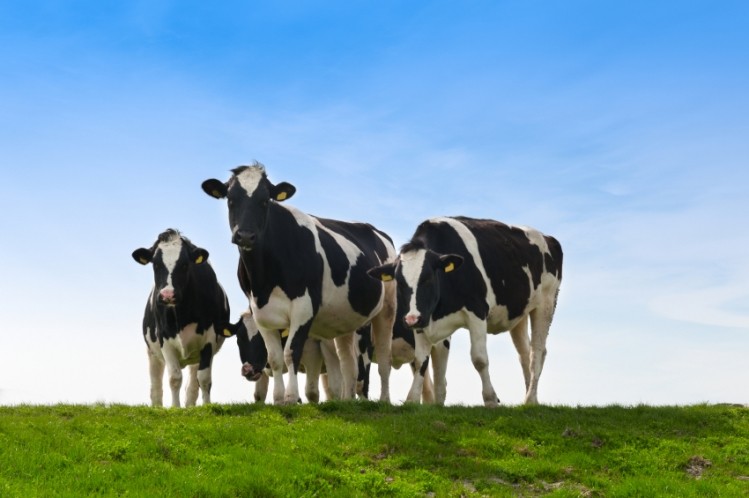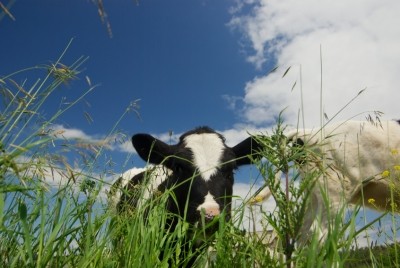Meating the challenge: FAO chief calls for climate-smart food & sustainable protein

Speaking at the 10th Global Forum for Food and Agriculture held in Berlin this weekend, director general of the United Nations' Food and Agriculture Organisation (FAO) José Graziano da Silva called for a "climate-smart" food system, and gave examples of agricultural changes that could cut methane emissions by up to 30%.
The FAO estimates that, on a commodity-basis, beef and dairy milk create the most greenhouse gases, respectively - 41% and 20% of the livestock sector’s overall outputs. This is followed by pork (9%), buffalo milk and meat (8%), chicken and eggs (8%).
"With improved and climate-smart practices, we can quickly put in place more sustainable and ‘greener' livestock supply chains."
The director general warned that with the rise in demand for meat and dairy particularly high in developing countries, “the question of equity and efficient distribution grows in importance.”
More than half the world's rural poor rely on livestock, Graziano da Silva said, and they must be provided with appropriate skills, knowledge and technologies to participate in and benefit from that expected growth rather than "pushed aside by expanding large capital-intensive operations".
The FAO also wants to see governments target the demand side with policies that reduce meat and dairy consumption and encourage more sustainable proteins, the FAO said. At the Berlin congress, Graziano da Silva told delegates that alternative sources of protein - such as fish and pulses - are available and should be explored.
"We have to focus on healthy and balanced diets," he said.
Meat and dairy cause more greenhouse gas emissions than most other food sources, through feed production, animal waste, enteric fermentation and land-use changes.
Political leaders have recognised this as an area that needs action – 92 developing countries included livestock in their Nationally Determined Contributions (NDCs) under the COP 21 Paris Climate Agreement – but decisive action and policies have been less forthcoming.
Methane emissions can quickly be cut by 20 to 30% across all production systems by the adoption of known husbandry practices such as regenerative grazing, forage selection and better recycling of nutrients and energy from livestock waste.
BE PART OF THE SOLUTION
Food industry experts will be discussing how to make healthy, sustainable protein a global reality at Protein Vision, a three-day event in Amsterdam in March 2018.
Meating the target
According to the FAO, there are three key 'focus areas' to cut emissions.
The first relates to increased productivity that reduces emission intensity. For instance, breeding programmes can improve traits such as live-weight gain, milk yield or fertility.
Secondly, pastures and permanent meadows, which cover one-quarter of the Earth’s land area and around 68% of the global agricultural area, have great potential for carbon sequestration and this should be maximised. Both under- and over-grazing can degrade grass and soil quality and reduce biodiversity.
Solutions to combat this include rotating grazing lands, nutrient management, introducing new species with a beneficial effect on soil such as nitrogen-fixing legumes.
Finally, livestock need to be integrated into a circular economy – one that minimises the ‘leaks’ of energy and materials from the system by re-circulating them in production.
This resource is currently being vastly under-used. “Total nutrients from livestock manure exceeds nutrients from synthetic fertilisers. However, globally livestock manure supplies up to 12% of gross nitrogen input for cropping and up to 23% in mixed crop–livestock systems in developing countries.”
Better infrastructure is also essential to re-using inputs. In Japan, for instance 52% of waste from the food industry is used as livestock feed, thanks to government policies and a certification system.

























